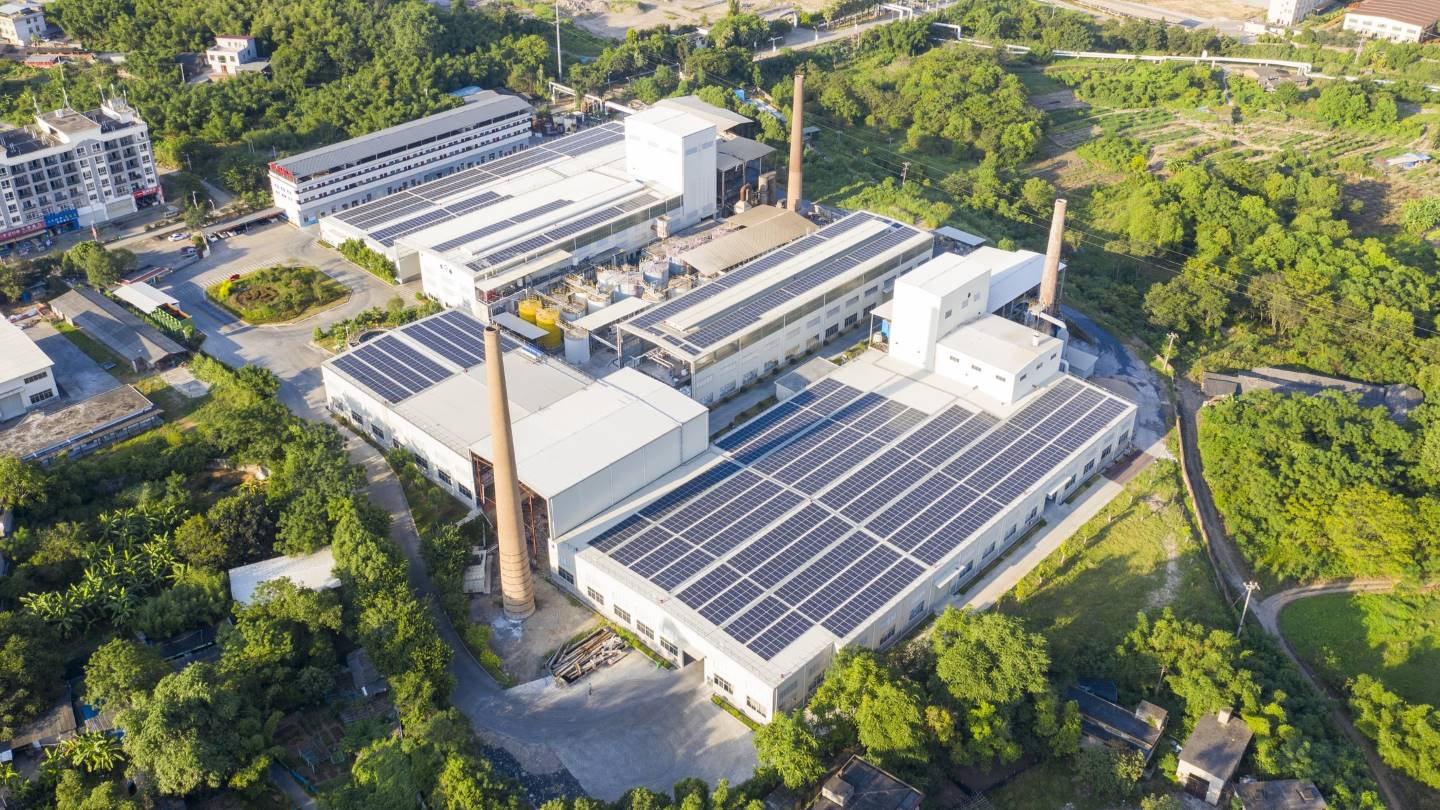05/10/2023
In the realm of industrial processes, myths often circulate about the potential dangers associated with certain technologies. One common misconception is that using steam in industrial processes is dangerous and prone to explosions. However, it's important to set the record straight. When managed properly and with the right precautions, steam is a safe and reliable medium for a wide range of industrial applications. In this blog, we will debunk the myth surrounding the alleged dangers of using steam and shed light on the measures that ensure its safe utilisation.
Understanding Steam and Pressure
The root of the misconception lies in a misunderstanding of the physics behind steam and pressure. Steam is generated by heating water, causing it to transition from a liquid to a vapour state. The pressure associated with steam is a result of the vaporisation process. While high-pressure steam can indeed be hazardous if not handled correctly, it's important to remember that steam systems are engineered with multiple safety measures to prevent overpressure situations.
Industry Standards and Regulations
Modern industrial practices adhere to rigorous safety standards and regulations. These standards, such as those set by HSE, provide guidelines for the design, construction, and operation of steam systems. These regulations ensure that steam equipment is manufactured and maintained to the highest safety standards, significantly reducing the risk of explosions or other accidents.
Pressure Relief Devices
One of the key safety features of steam systems is the presence of pressure relief devices, such as safety valves. These valves automatically release excess pressure from the system, preventing it from reaching dangerous levels. Additionally, systems often incorporate backup safety measures to ensure pressure relief even in case of a valve failure.
Operator Training and Education
Proper training of personnel is vital for the safe operation of steam systems. Operators are trained to monitor and control the system parameters, ensuring that pressure and temperature stay within safe limits. Well-trained personnel can detect potential issues early and take corrective actions to prevent accidents.
Regular Maintenance and Inspections
Regular maintenance and inspections are crucial to ensuring the safe operation of steam systems. By identifying and addressing issues before they escalate, maintenance protocols play a pivotal role in preventing dangerous situations. Scheduled inspections also help identify wear and tear that could compromise the integrity of the system.
Technological Advancements
Advancements in technology have contributed significantly to the safety of steam systems. Automated controls, remote monitoring, and predictive maintenance tools enable operators to have real-time insights into system performance and potential issues. This proactive approach minimises risks and ensures timely interventions.
Dispelling the myth that using steam in industrial processes is dangerous and prone to explosions is essential for understanding the true nature of this reliable and efficient technology. By adhering to strict industry standards, incorporating safety measures like pressure relief devices, and investing in operator training and maintenance, steam systems can operate safely and effectively. The integration of advanced technologies further enhances the safety of steam processes. It's important to recognise that with proper precautions and responsible practices, steam remains a valuable tool in modern industrial processes, devoid of the dangers often associated with it.
The unsung hero of boilerhouse efficiency
Find out how you can utilise condensate recovery to drive down costs, make your company more productive and improve your company’s environmental and public profile.
Boilerhouse Efficiency Quick Start Guide
A win-win situation: Increase productivity and help the environment
Now is the time to optimise your control systems potential
Process managers could be making improvements to increase efficiency and product quality by paying closer attention to the specification of controls systems used within their facilities – that’s the current message from Spirax Sarco’s National Controls Specialist, Darren Silverthorn.
Maximise safety efficiency and productivity with wireless steam trap monitoring
Process, energy, and maintenance managers looking to maximise safety, efficiency, and productivity, are being urged to take a proactive approach to plant management by including wireless steam trap monitoring within their proactive maintenance regime.
Process is King - Keep your process working at its peak
Believe it or not, you can make this a reality through your choice of control valve. You will already know that accurate temperature and pressure control maintains process efficiency, which makes control valves an invaluable part of any steam system. So what should you be looking for when sourcing an efficient control valve?
Efficient steam trap management: How to maintain a safe, lower carbon and energy-efficient steam system
Implementing an effective steam trap management plan, doesn’t need to be complicated. Lowering Carbon output, increased production and energy savings are all benefits you could achieve from regular management.

